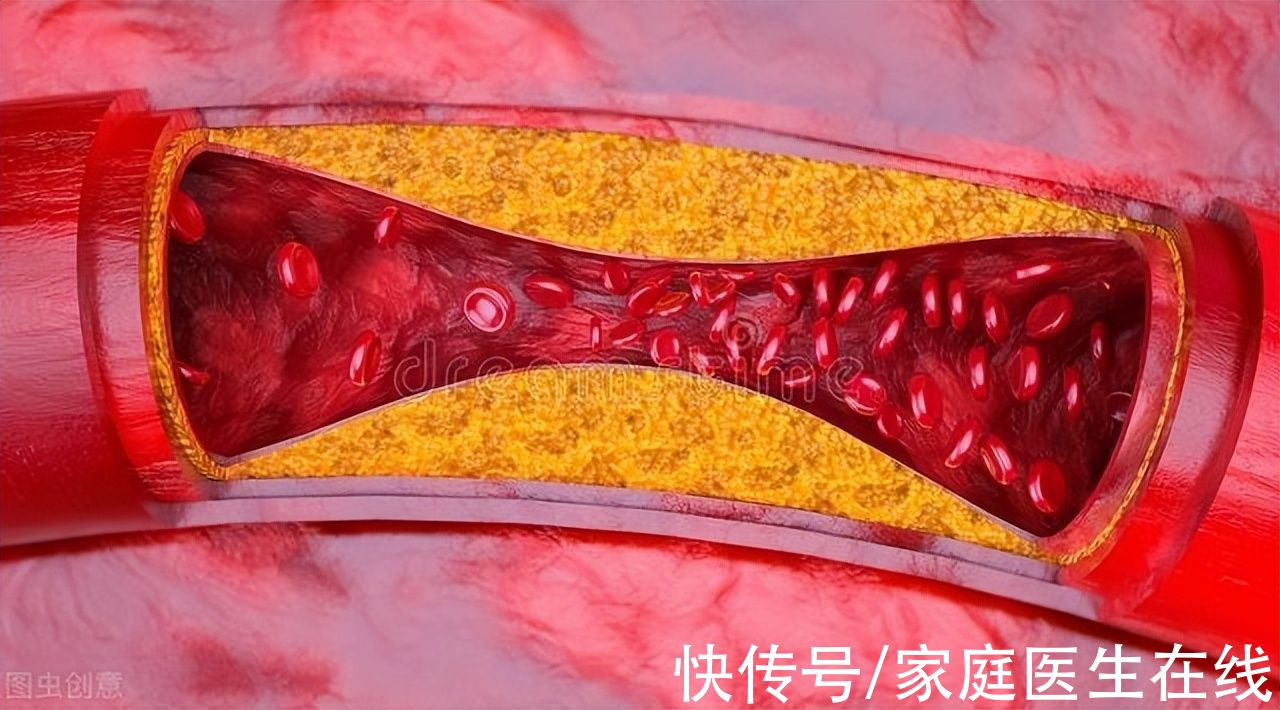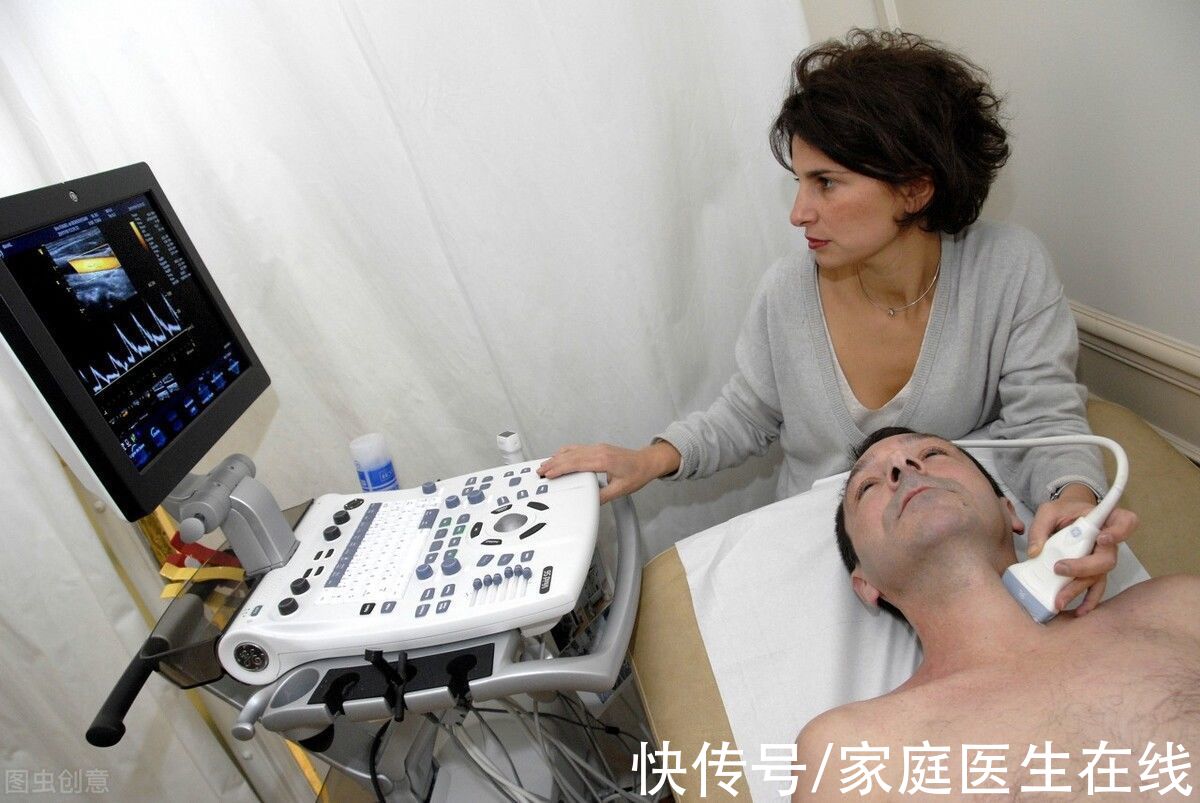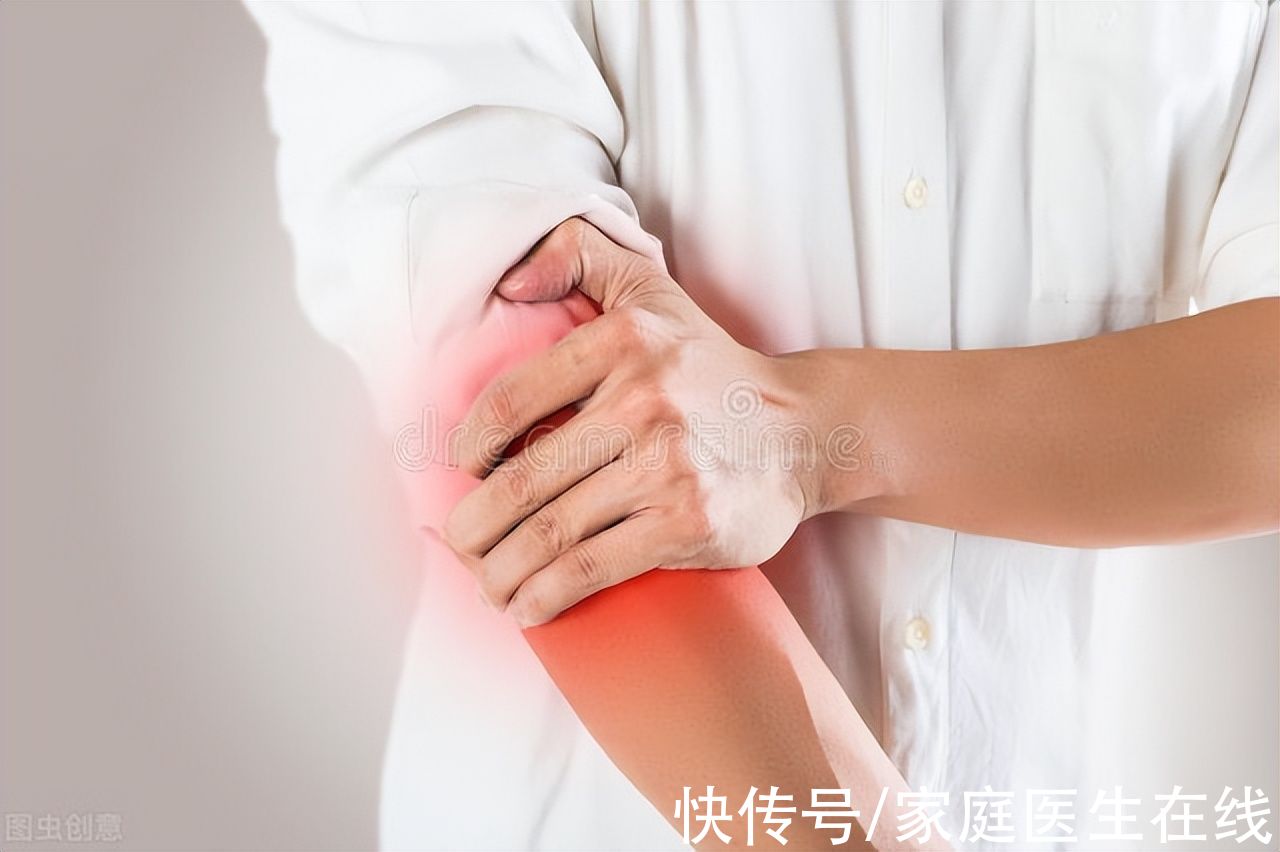內容目錄
Blood vessels are located in all parts of the human body, providing blood carrying oxygen and nutrients to various tissues and organs to maintain the normal operation of the internal organs. Once the blood vessel becomes narrowed or blocked, it will inevitably affect the blood flow or even block the blood flow, thereby causing myocardial infarction or cerebral infarction.

And the general middle-aged and elderly or the three-high patients are evaluating the risk of cardiovascular and cerebrovascular diseases. Always check the carotid artery for plaque. This examination has puzzled many people. There are so many blood vessels in the human body, why only check whether there are plaques on the carotid arteries? Shouldn’t the blood vessels of the whole body be checked? Find the answer with your doctor today!
There are so many kinds of plaques, why should we be alert to the “spots” of the carotid artery?
The carotid artery is a microcosm of the systemic arterial system. As long as there is plaque in the carotid artery, it often means that other parts may have different degrees of arteries Hardened. When blood flows to the brain, it must pass through the carotid artery. If the carotid artery is blocked, it may lead to cerebral ischemia and hypoxia, which may lead to stroke.

Therefore, check the carotid artery for long plaque, the main reason is the neck The presence of plaque in arteries indicates an increased risk of cardiovasculardisease. In addition, compared with other arteries, the carotid artery can be directly touched on the body surface, and the carotid artery ultrasound examination is convenient and fast.
A plaque in the carotid artery, what are the symptoms?
1. Symptoms of Cerebral Ischemia
Plaques in the carotid arteries reduce blood flow to the brain , resulting in symptoms of cerebral ischemia, such as headache, dizziness, inability to concentrate, doing things in a mess and poor sleep quality. With the gradual increase of carotid plaque, the above symptoms will be aggravated, and it is easy to appear suddenly black eyes, syncope, etc., which can be recovered in a short time.

2. Symptoms of ocular ischemia
Carotid artery plaques can affect retinal blood supply and cause symptoms of ocular ischemia, which are manifested as blurred vision, sharp drop in vision, and sudden darkening of eyes, usually after a few minutes. Can ease recovery.
3. Symptoms of cerebral hemorrhage
Transient cerebral ischemia can affect local neurological function , It is easy to cause unilateral limb sensory and movement disorders, unilateral limb uncontrolled, often accompanied by limb numbness, sudden temporary blindness of one eye. At the same time, the language center of the human body is also affected, and the main symptoms are sudden slurred speech and inability to understand what others say.

What should I do if I have carotid plaque?
1. Lifestyle intervention
Don’t panic when you find plaque in the carotid artery, you should actively adjust your lifestyle , Quit smoking and drinking, adopt a diet principle of less salt, less sugar and less fat, eat more fresh vegetables, fruits and whole grains, and increase the amount of daily activities to control body weight.
2. Drug treatment
After a period of life intervention, if the effect is not very good Ideally, statins need to be taken under the doctor’s order, which not only reduces blood lipids, but also has antioxidant and anti-inflammatory effects, helps stabilize plaques, and protects the intima of blood vessels. Studies have shown that taking medication exactly as prescribed by your doctor may make plaque smaller or even reverse it.

3. Surgery
If the carotid artery stenosis exceeds 70%, then regular hospital surgery should be selected, either by placing a stent or by removing the thicker intima, in order to restore the blood flow to normal.
Message from a Family Physician
After the carotid artery has lesions, it indicates that other parts of the artery may also have lesions, so it should be corrected in time, which will cause vascular obstruction risk factors. Obese people should strictly control their total daily calorie intake and stay away from high cholesterol and high fat foods; actively prevent and treat chronic diseases such as hypertension, hyperlipidemia, obesity and diabetes; maintain moderate exercise to remove excess cholesterol and triglycerides.
Family doctor online feature, unauthorized reprint